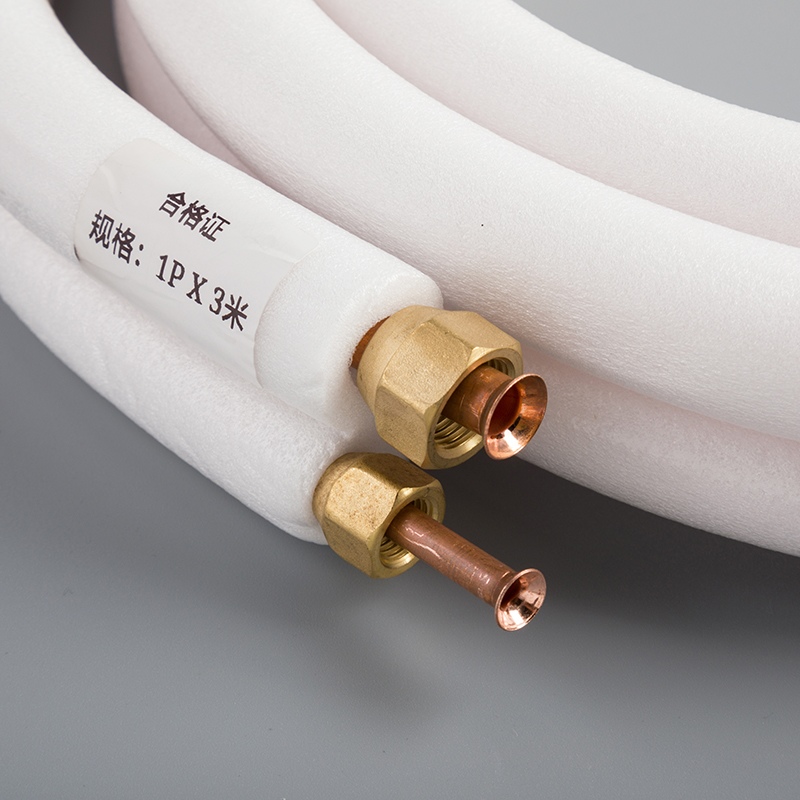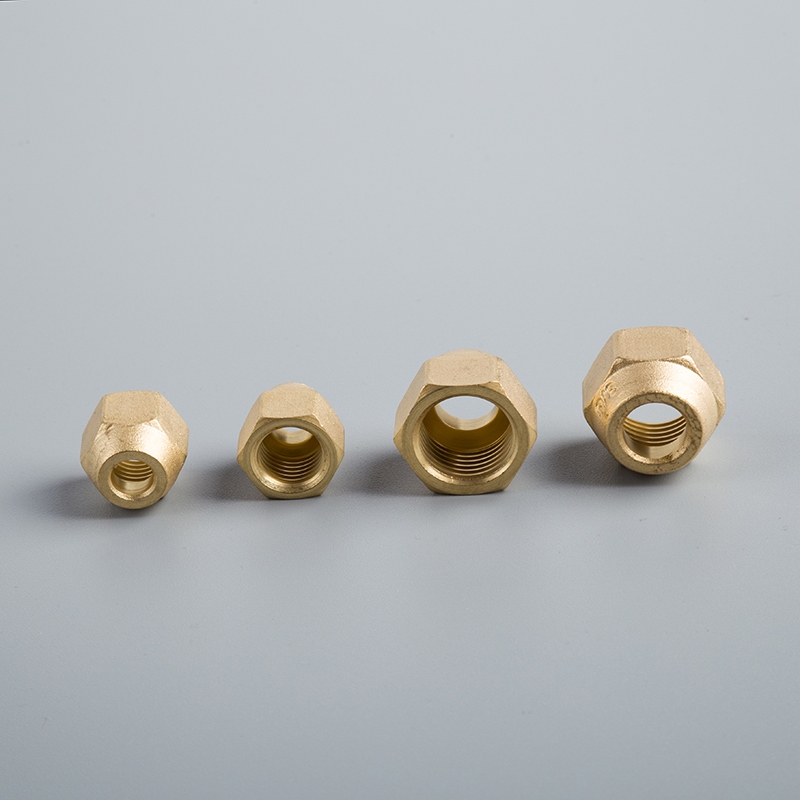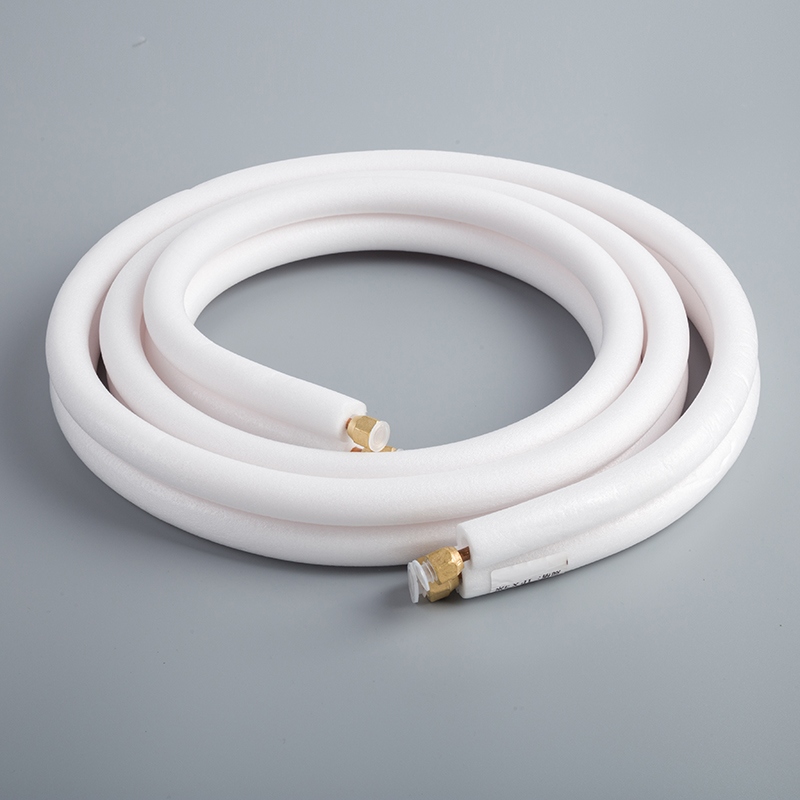Easy Guide: How to Measure Copper Pipe Like a Pro

When understanding how to measure copper pipe, precision is key. Accurate measurements ensure seamless fittings and prevent costly errors. Recognizing the sizes of copper pipe and the type of copper pipe you are working with is essential for any plumbing project. Additionally, knowing how to weld copper pipe can impact your choice of fittings and materials. By mastering these fundamentals, you'll elevate your plumbing skills to a professional level.
Measuring Methods

Using a String
To determine the diameter size of copper pipes, consider employing the String Method. This technique involves wrapping a string around the pipe and measuring the circumference accurately. Begin by wrapping the string around the pipe, ensuring it fits snugly without any gaps. Once you have encircled the pipe completely, mark where the string meets and lay it flat to measure its length using a ruler or measuring tape.
Using Calipers
For precise measurements of copper piping, utilizing Calipers can be highly effective. Start by positioning the calipers perpendicular to the pipe's surface, ensuring a firm grip for accurate readings. Slide the calipers along the outer edge of the pipe to obtain an exact measurement of its diameter.
Using Pipe Markings
Identifying and interpreting Pipe Markings is another reliable method for determining copper pipe sizes. Examine the markings on the pipe carefully to understand their significance. These markings often indicate crucial information such as type and diameter, providing valuable insights for your plumbing project.
Tools for Measurement

When it comes to measuring copper pipe, having the right tools at your disposal is crucial for accuracy and efficiency. Let's explore the essential instruments that will aid you in obtaining precise measurements for your plumbing projects.
String and Ruler
To begin, consider selecting the right string for your measurements. Opt for a durable string that can wrap around the pipe smoothly without stretching or breaking. Once you have chosen the appropriate string, proceed by wrapping it around the copper pipe firmly, ensuring there are no gaps or overlaps.
Next, utilize a ruler to measure the length of the string accurately. Lay the marked string flat against the ruler, aligning one end with zero to determine the circumference of the pipe precisely. This method allows you to calculate the diameter of the copper pipe effectively using a simple yet reliable technique.
Calipers
When seeking more advanced measurement capabilities, calipers are an indispensable tool for accurate readings. There are various types of calipers available, including digital options that offer precise digital measurements with ease. Select a suitable caliper based on your preferences and project requirements.
For utilizing digital calipers, ensure they are calibrated correctly before measuring. Position the calipers perpendicular to the outer edge of the copper pipe and gently close them until they grip securely. The digital display will provide you with an instant and accurate measurement of the pipe's diameter, allowing for efficient data collection during your plumbing tasks.
Pipe Markings
Understanding pipe markings is essential for identifying crucial information about copper pipes quickly. By interpreting these markings correctly, you can determine important details such as type and diameter, guiding you in selecting appropriate fittings and materials for your plumbing project.
Explore different types of copper pipes available in construction, such as K, L, and M variants with varying wall thicknesses but consistent outside diameters. Familiarizing yourself with these distinctions will enable you to make informed decisions when working with diverse types of copper piping systems.
Tips and Tricks
Consistent Measurements
To ensure precise measurements of your copper pipes, it is crucial to maintain consistency throughout the process. By double-checking measurements, you can verify the accuracy of your initial calculations and identify any discrepancies promptly. This practice minimizes errors and guarantees that your fittings will align seamlessly without any issues.
When measuring copper pipes, always remember to use the right tools for the job. Utilizing appropriate instruments such as calipers or rulers enhances the precision of your measurements, leading to optimal results in your plumbing projects. Selecting high-quality tools tailored to your specific needs ensures efficiency and accuracy in determining the size and type of copper pipe you are working with.
Handling Different Pipe Types
Distinguishing between soft and hard copper is essential when dealing with various pipe types. Understanding the differences in their properties enables you to select suitable materials and fittings for your plumbing tasks accurately. Whether you are working with rigid or flexible copper tubing, recognizing the distinctions between these variants ensures successful installations and long-lasting results.
Consideration of nominal pipe size is another critical aspect when working with copper pipes. By acknowledging the nominal size based on inside diameter, you can make informed decisions regarding fittings and connections for your plumbing system. This approach simplifies the selection process and facilitates efficient installations tailored to your project requirements.
By mastering these tips and tricks for handling different pipe types, you will elevate your plumbing skills and achieve professional results in all your copper pipe measurements.
Summarize the key methods and tools used for measuring copper pipes effectively.
Emphasize the significance of precise measurements in ensuring successful plumbing projects.
Implement final strategies to enhance your copper pipe measuring skills:
Prioritize consistency in your measurements for accurate results.
Always use appropriate tools like calipers or rulers for optimal precision.
Understand the differences between soft and hard copper pipes for proper fittings selection.
Consider nominal pipe size based on inside diameter when choosing fittings and connections.
By following these guidelines, you will elevate your plumbing expertise and achieve professional outcomes in all your copper pipe measurements.
See Also
Essential Tips: Measuring Copper Pipe Size Made Easy
Simple How-To: Professional Installation of Copper Pipe Coils
Becoming an Expert: The Complete Copper Pipe Fittings Manual


